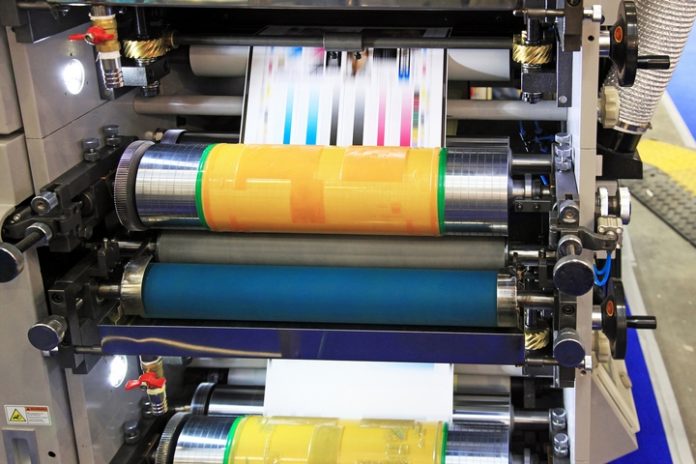More and more people are making the switch to flexo printing and the technology surrounding it continues to improve. For starters, the best way to understand flexographic printing is to think of it as the modern version of letterpress printing, with the sleeve playing the important role of mounting the printing plates.
Flexographic printing is great because in addition to being necessary if you’re planning to print anything on cardboard or plastic, it can also be used on almost any type of substrate, including cellophane, label stock, fabric, and metallic film.
1. How does the actual printing process work?
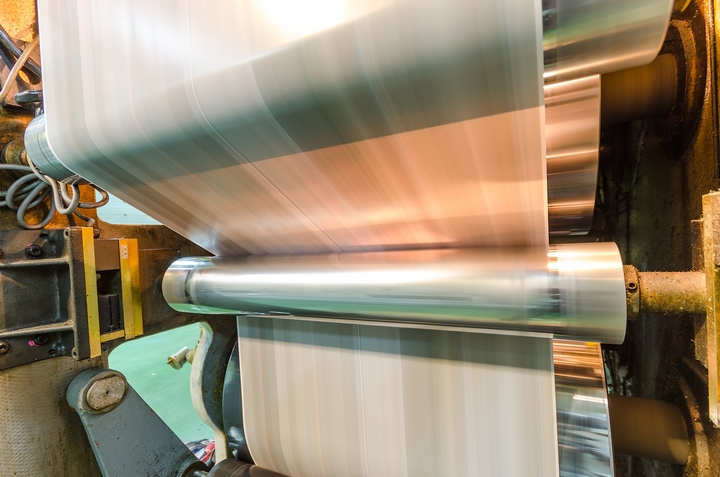
As people often forget, flexographic printing, sometimes referred to as “surface printing” or “flexo,” is actually a traditional printing method that has been around for a long time. Due to the adaptable nature of the plate used, flexographic printing is able to conform to many different types of surfaces and deliver ink in ways that wouldn’t be possible for other types of printers.
In order for the ink to be distributed properly against these different surfaces, flexographic printers usually use ink with a lower viscosity, and therefore offer many similarities with gravure printing. An upshot of using this kind of ink is also that it is able to dry faster, making the overall production time of flexographic prints relatively low.
2. Where does the sleeve come in?
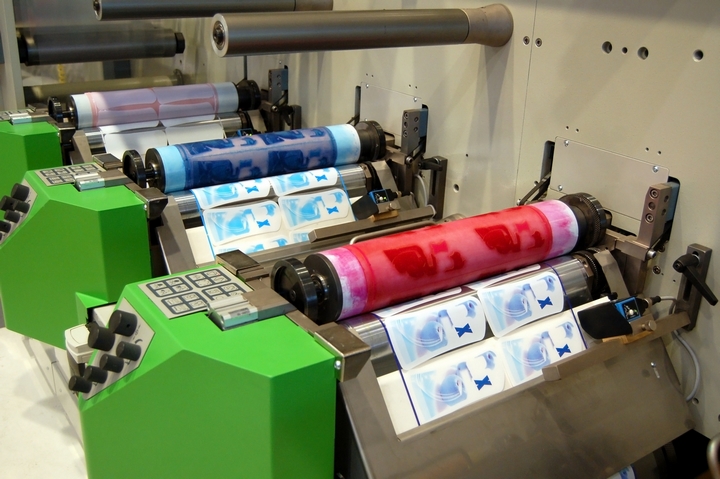
The flexographic printing sleeve is what is used to mount printing plates, which are then floated onto the air mandrel by using compressed air. When flexographic printing was first invented, the printing plates were actually mounted on the cylinders directly. It was soon discovered that using this process, plates were not easily interchangeable and using multiple cylinders for several jobs lead to high costs and storage problems.
It was from the desire to improve efficiency that flexo printing sleeves were developed. Therefore, the main advantage of the flexo printing sleeves is that they can be easily floated on and off the air mandrels.
3. Why should I use a flexo sleeve?
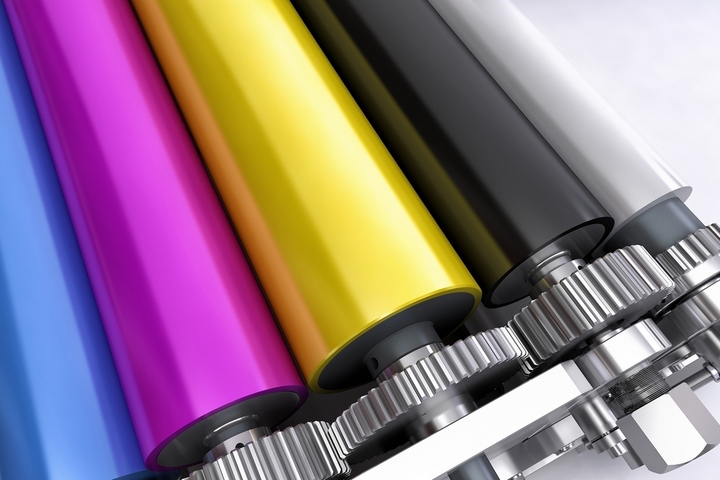
Nowadays, flexographic printing sleeves are important for the flexographic printing process and ultimately have a significant influence on the efficiency and the quality of the print. They speed up the process notably, thanks to the fact that the next printing plate can be mounted on the plate sleeves while another job is running.
It helps in getting multiple jobs done without having to demount the flexographic printing plates, thus saving time and energy and increases productivity. Briefly, flexographic printing sleeves are cost-efficient, easy to float and enfolds around the mandrel providing the same level of quality and accuracy.
4. What should I look for in a sleeve?
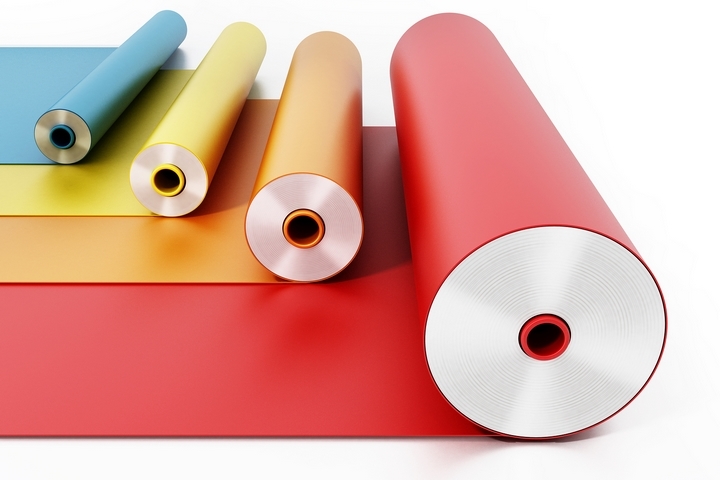
In general, there has been a continuing trend toward thin sleeves. Over the many years that flexographic printing has been used, it has been found that the best results are typically achieve with a sleeve that is not over 20mm thick.
You typically want to look for a sleeve that sis made or a mixture of synthetic resin and fibreglass in order to get the best durability and stability. Look for something that offers long lasting mounting and clamping capabilities and that has stood up to long print runs.
5. Know your requirements
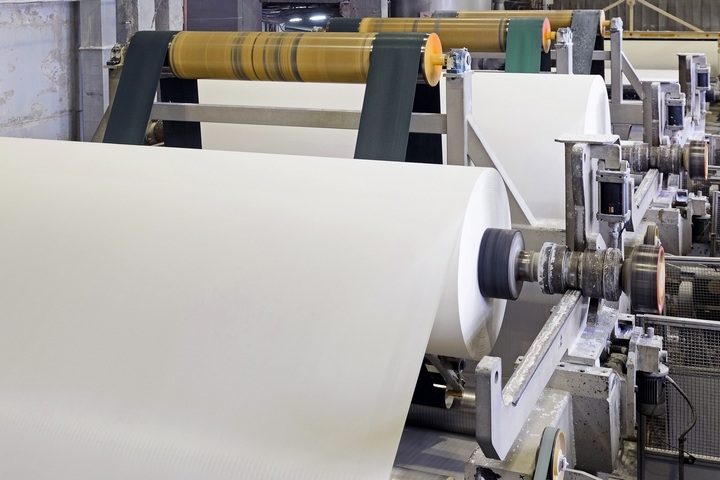
Of course, different sleeves have different strengths, so it is important to know what you need going in. Would you benefit more from a sleeve that is capable of coping with very high printing speeds and constant temperature fluctuations over long runs? Or would a sleeve made of thin-walled fibreglass composite that has a hard surface and long service life be more appropriate for the use you’re intending to put it to? Figure out what your priorities are before you head out to shop.

